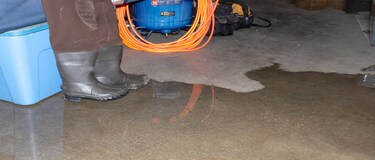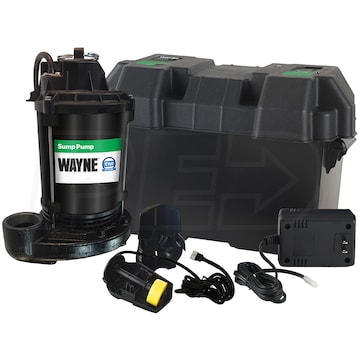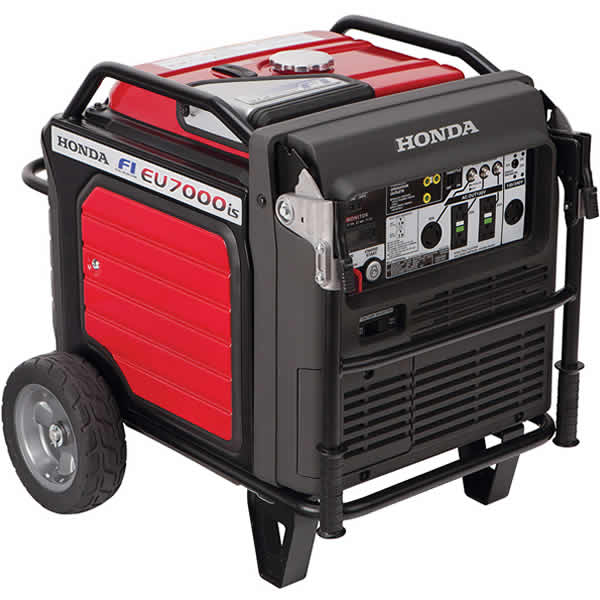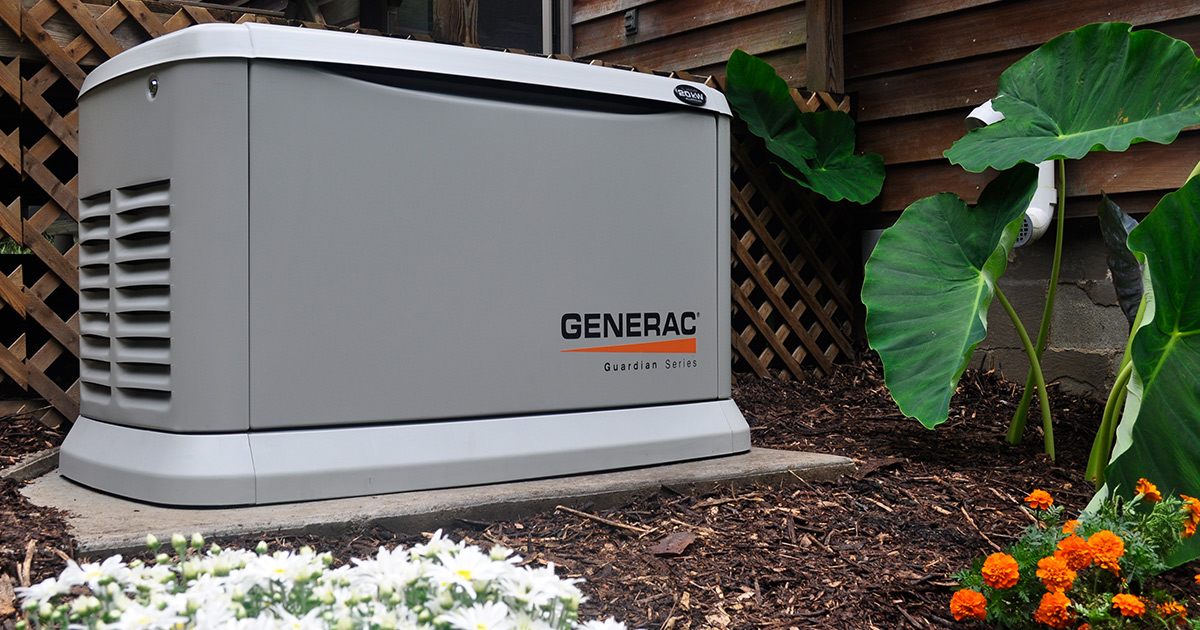
Basement Flood Prevention
How to Protect Your Basement From Flooding

It doesn't take much. A simple flash flood can quickly transform your new carpeting into a massive, moldy sponge. Fortunately, there are several steps you can take to prevent basement flooding.
How to Prevent Basement Flooding
Forget the kegerator or high-definition television. Your primary sump pump is the most important appliance in your basement since it keeps the water out. You need to make sure it stays powered during an emergency.
Emergency power comes in three forms:
-
Battery Backup Sump Pumps

Battery backup sump pumps kick in when your primary sump pump has lost power but the water continues to rush in. They run for a few hours off their battery, which will hopefully be long enough for the power to come back on.
-
Portable Generators

With enough fuel, a portable generator should manage to power your sump pump for days. In addition, a 5,000-watt unit can get your refrigerator, furnace fan and other mission-critical appliances running.
-
Standby Generators

Yes, they cost more. But they are the ultimate guarantee that your sump pump will stay powered and keep the water out of your home.
Warning Systems
Home monitoring devices, ranging from simple sump pump alarms to sophisticated systems, can automatically call your cell phone if your basement is flooding. It may not be the call you want to get, but at least it gives you notice to get the problem under control.
Flood Insurance
I've heard plenty of horror stories about people who lost their homes to flooding only to realize their homeowner's insurance didn't cover the damage and they were left on their own. Homeowner's insurance will protect you from wind damage, but not flood damage. You will need a separate flood insurance policy to protect your basement. Get it through the National Flood Insurance Program (NFIP), an organization run by the Federal Emergency Management Agency (FEMA).
Don't Procrastinate
Just like you shouldn't put off getting a hurricane generator, don't procrastinate on backing up your sump pump. Once the storm hits, it's essentially too late, so act now!
Main | Hurricane Supplies | Hurricane Shipping | Hurricane Generator Guide | Flood Protection | Dealing With Power Outages | Most Destructive Hurricanes | Hurricane Forecasts
